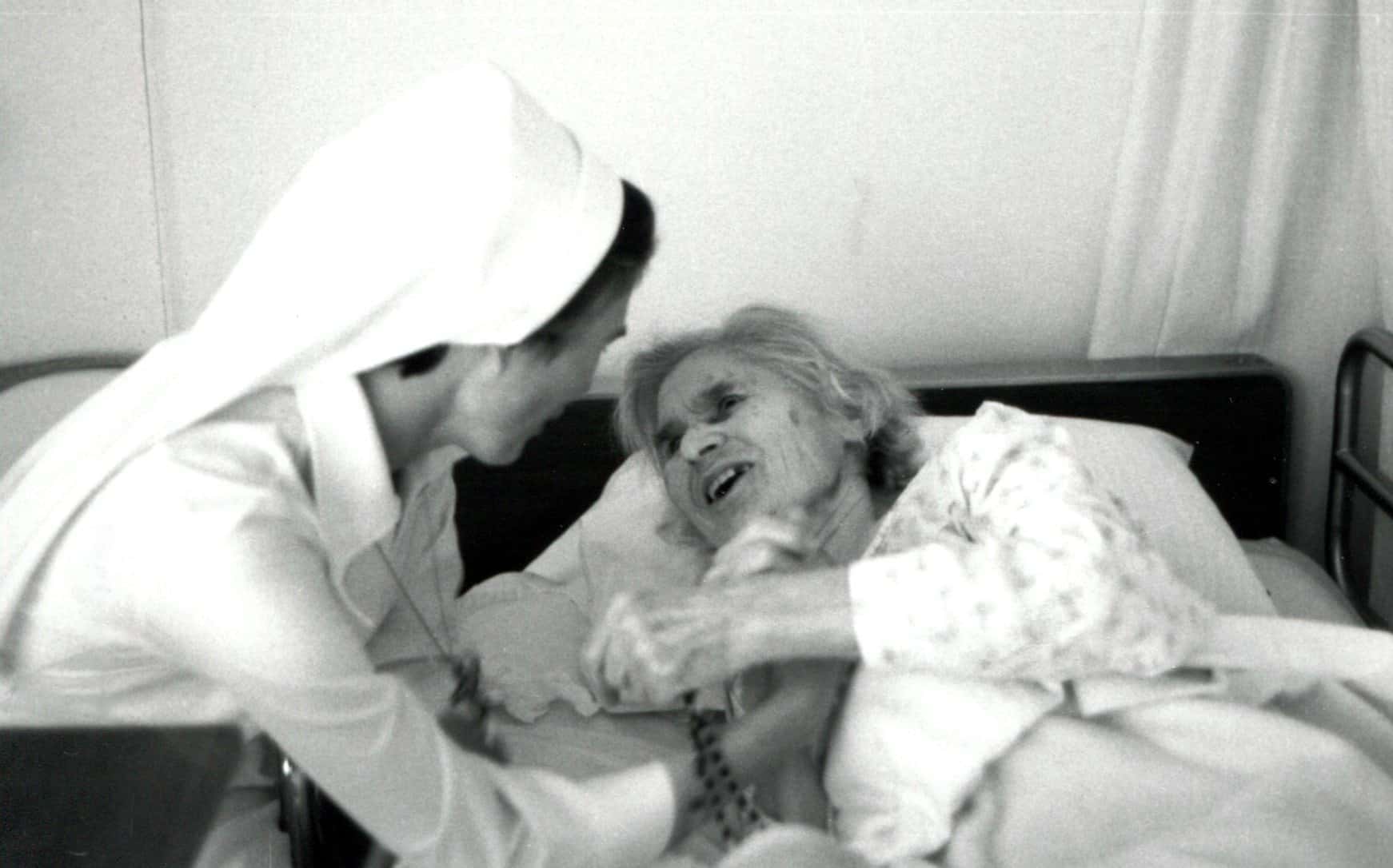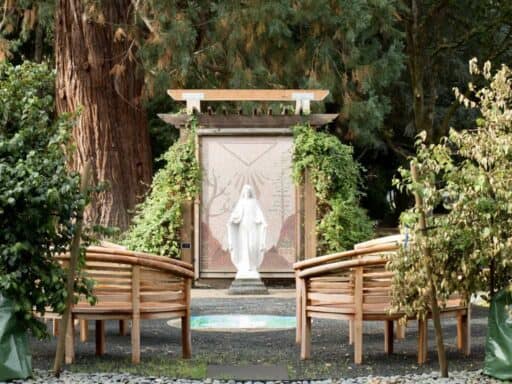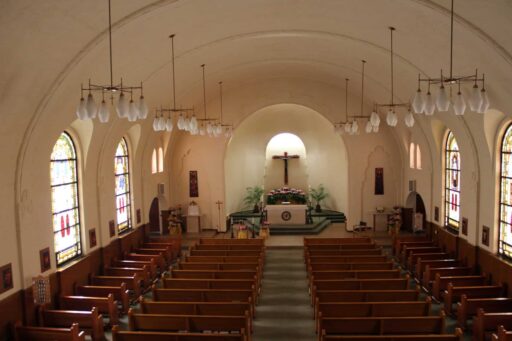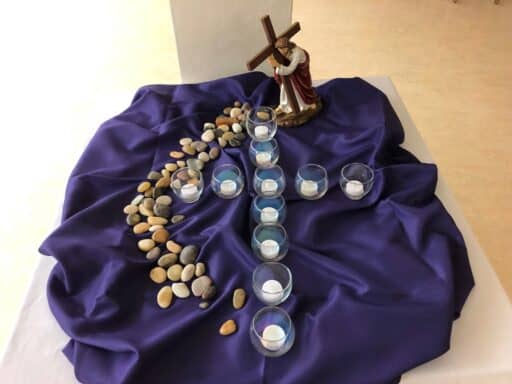The Sisters of St. Mary of Oregon have a valiant story.
They are women of faith who have consistently met challenges with compassion, prayer and tenacity.
The stories that create the Sisters’ history of care for the sick and elderly are shining examples of valiantly meeting the needs of others. This year, Maryville is celebrating its 60th anniversary serving the Beaverton community. Maryville was founded by the Sisters in 1963 to meet an overwhelming need in Washington County to care for the sick and elderly.
Let’s take a look at a few of the moments and a few of the Sisters who helped lay the foundation of compassionate “Service with Love” within the Sisters’ health care ministry.
The Great Flu Epidemic
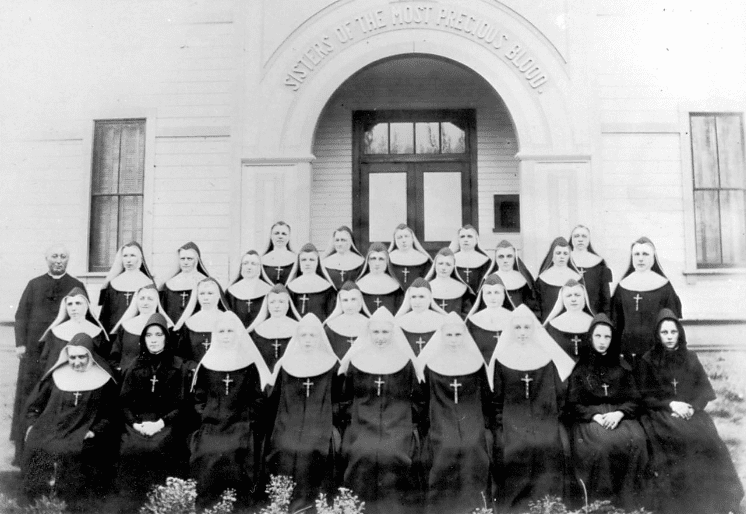
The Sisters were not immune to the Influenza Epidemic of 1918. The virus infected many students and Sisters throughout the Motherhouse and schools. St. Mary’s Home for Boys was hit especially hard as 120 boys became sick around the same time. The Sisters acted quickly – turning the dormitories into a hospital ward. With the help of Dr. Charles Mason, many Sisters cared for the boys around the clock.
Sister Theresa Heuberger, St. Mary’s Home for Boys Superior, worked tirelessly – caring for the boys almost constantly during the outbreak. Sister Theresa and her fellow Sisters provided exceptional care. In fact, 119 of the 120 boys who contracted the virus survived.
Shortly after, Sister Theresa returned to the Motherhouse, but her unwavering service to the boys took its toll. She spent the last three years of her life bed-ridden in the Motherhouse infirmary and died of tuberculosis on June 29, 1924 at the age of 50.
“We’ll go then.”
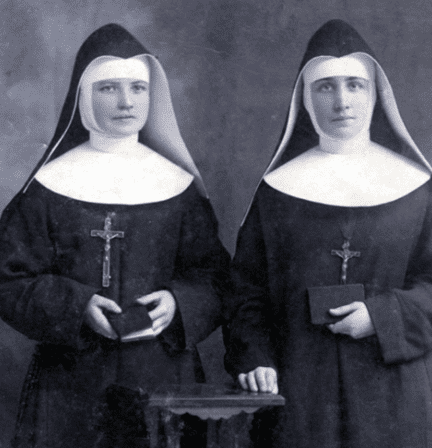
Another inspiring story of the Great Flu Epidemic is the story of Sister Mary Agnes and Sister Mary Alexia O’Rourke. The Sisters were in charge of the school in Verboort when many of the families in the community were infected by the virus. No nurses were available to help the impoverished community so they requested permission from Mother M. Seraphim Theisen, Superior General, to help out. Mother Seraphim acknowledged it would be a noble pursuit but would not say yes or no because of the risk it would place on the Sisters to serve the sick families.
Sister Mary Agnes and Sister Mary Alexia O’Rourke valiantly responded by saying, “We’ll go then.” The Sisters served faithfully. They visited families in their homes – serving all hours of the day and night – often times when everyone in the house was sick. They cared for their patients by tending to their immediate needs and assisting the doctors who were able to visit. They also took care of many homestead needs, such as cooking, cleaning, babysitting and even farming.
One particularly tough experience took place at the Vandeheys’ home. Mr. and Mrs. Vandehey were both gravely ill with the flu and Mrs. Vandehey was expecting a child. The Sisters, without proper training or equipment, cared for the entire family and even had to deliver the child. The doctor arrived soon after and asked if they baptized the baby. They informed him that they had and worked hard to help the sick newborn survive. Unfortunately, the little one did not respond. The baby boy and his mother both passed away that night, but the Sisters were there to say prayers for the dying, provide loving support to Mr. Vandehey and his children, and make arrangements for the burials.
The Sisters valiantly served many families in Verboort. They faithfully walked into homes to serve entire families who were sick – when no one else would. Both Sisters survived the epidemic and went on to serve the Verboort community for several more years.
An Idea becomes a Foundation
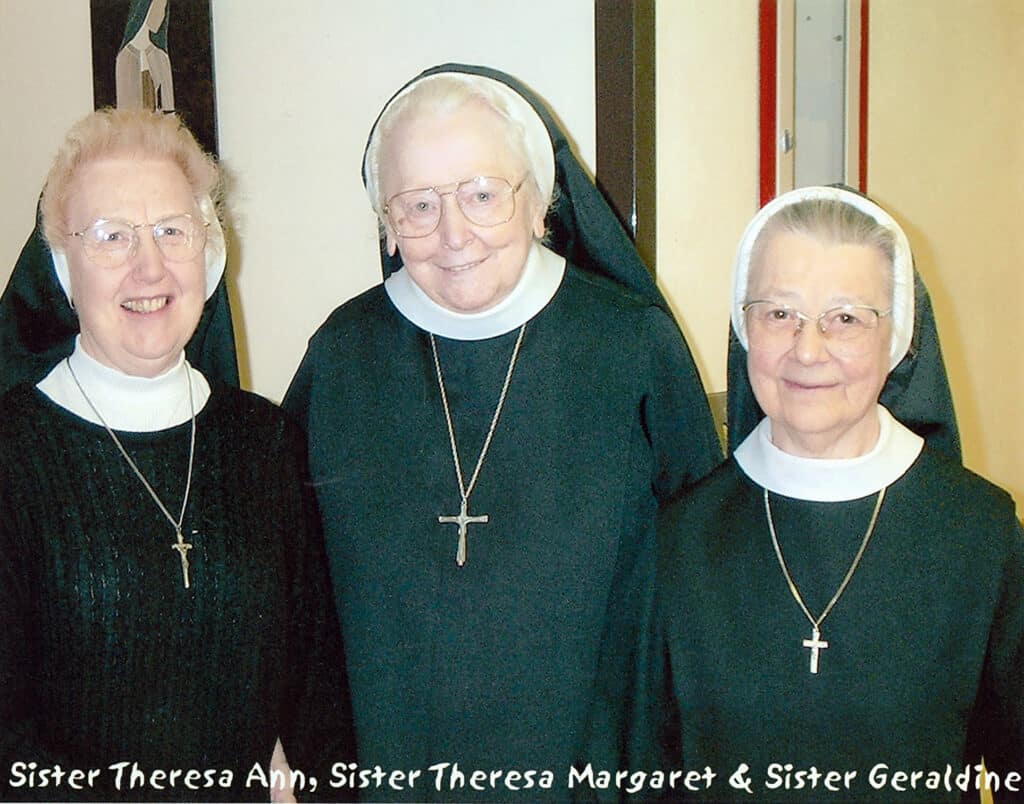
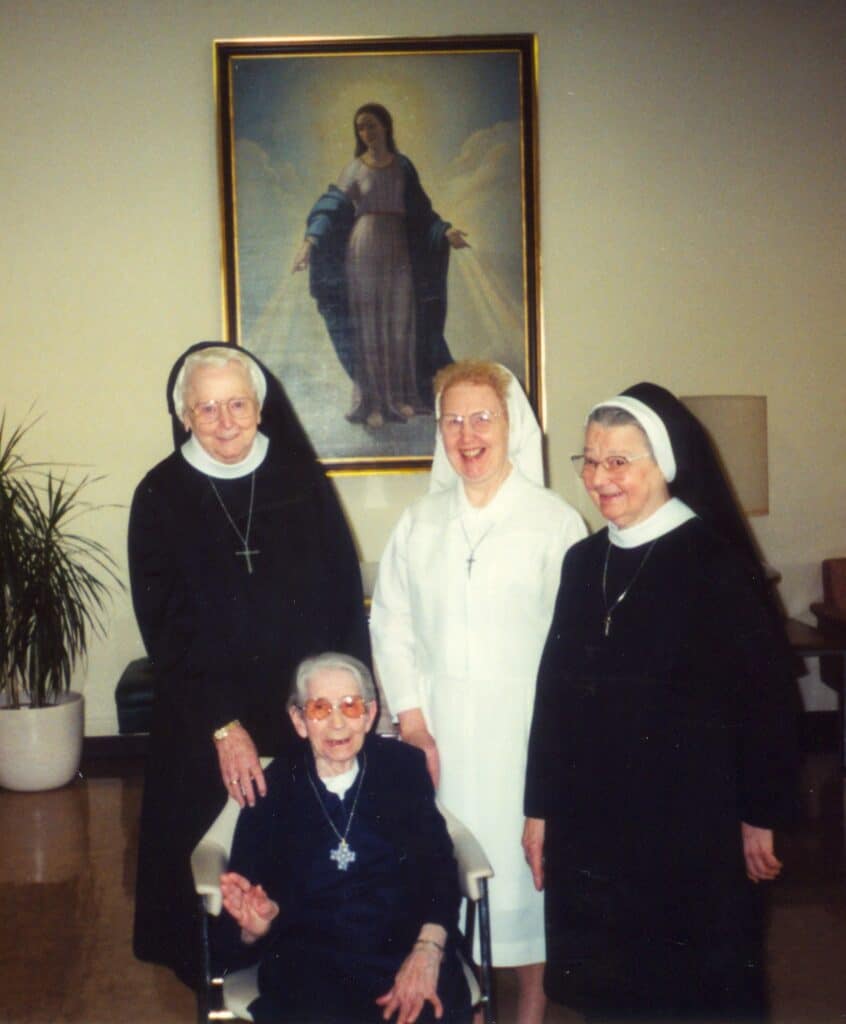
During the 1950s, the Sisters often spoke about the idea of a nursing home. They saw it as a critical need in Washington County. The idea began to become a reality thanks to Sister Theresa Margaret Yettick. Sister Theresa Margaret, the General Secretary of the congregation, was an intelligent, focused and influential woman. While earning her sociology degree from Gonzaga University, she learned about the Hill-Burton Government Grant – a federal grant program that would provide funding for construction of nonprofit health care facilities.
With approval from Mother Collette Lorch, Sister Theresa Margaret appeared in front of the Board of Health in Portland with her application and presented her case to fund Maryville. She competed against 18 other hopeful applicants that day. In the end, Sister Theresa Margaret made the most influential case and earned a $300,000 grant to help turn the idea of Maryville into a physical foundation.
The funding came with an ominous stipulation that Maryville had to survive for 10 years or they would need to pay every penny back. 60 years later, it is safe to say that Sister Theresa Margaret’s determination and the Sisters’ prayers for and service at the health care center have proven to be a valiant investment.
Responding to the Call
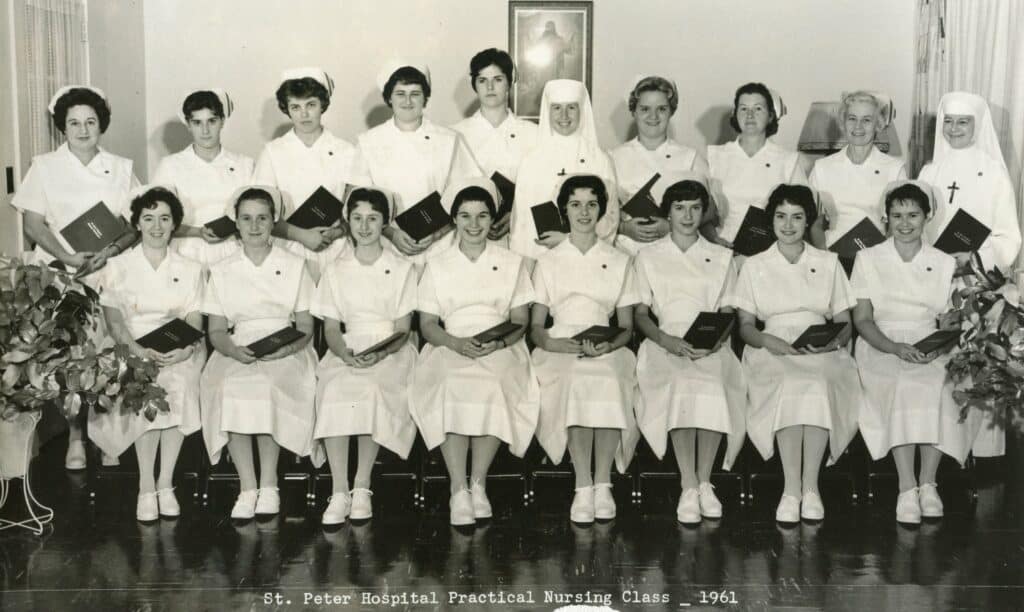
Before the first patient was even admitted to Maryville on June 6, 1963 the Sisters of St. Mary of Oregon began doing all they could to provide the care that would be needed at their health care facility. Sisters such as Sr. Mary Joseph Terhaar – Maryville’s first administrator, Sr. Geraldine Bernards and Sr. Theresa Ann Bunker took nursing classes and would become a few of the first Sisters to provide nursing care. Several Sisters from the Community also served valiantly. After long hours spent teaching, many Sisters would return to the campus and head straight over to Maryville to move furniture, put beds together, clean and even learn how to help patients with activities of daily living like bathing and eating.
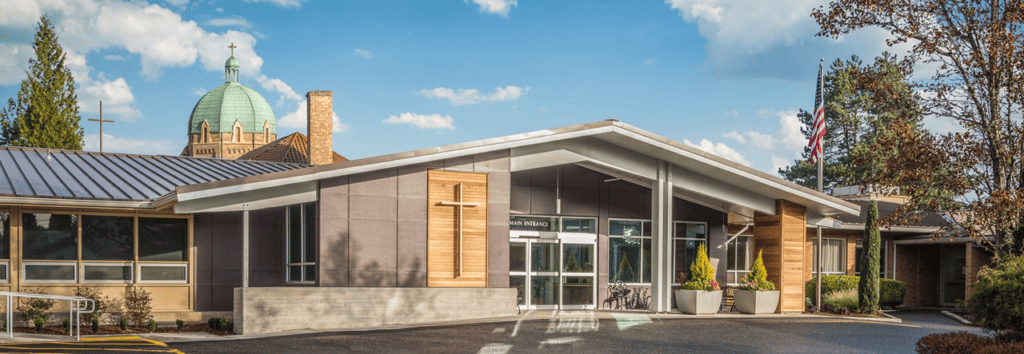
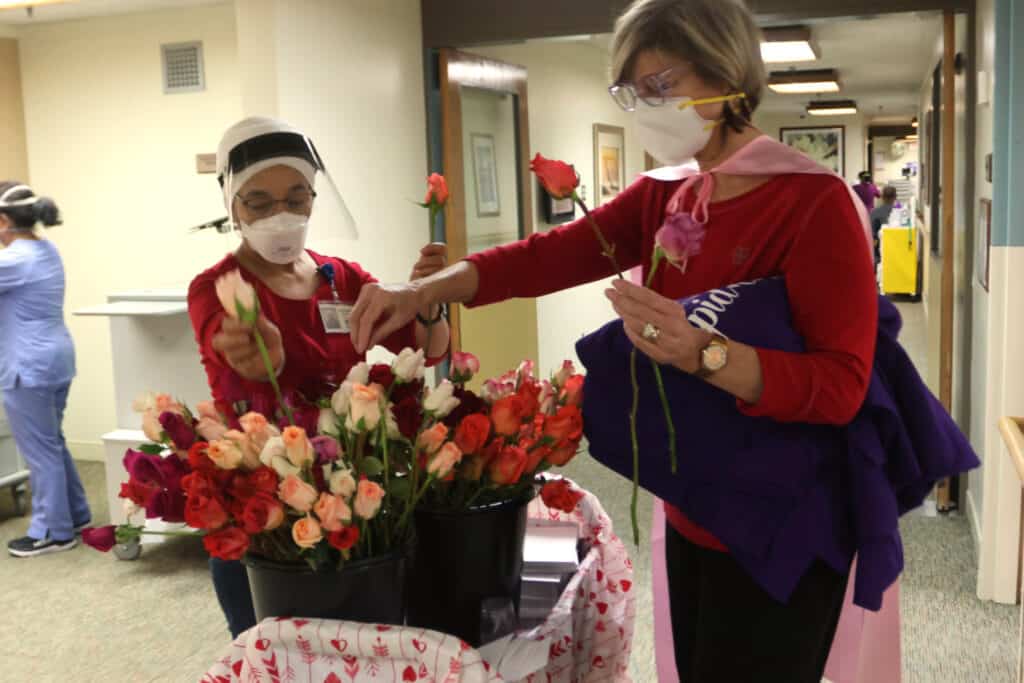
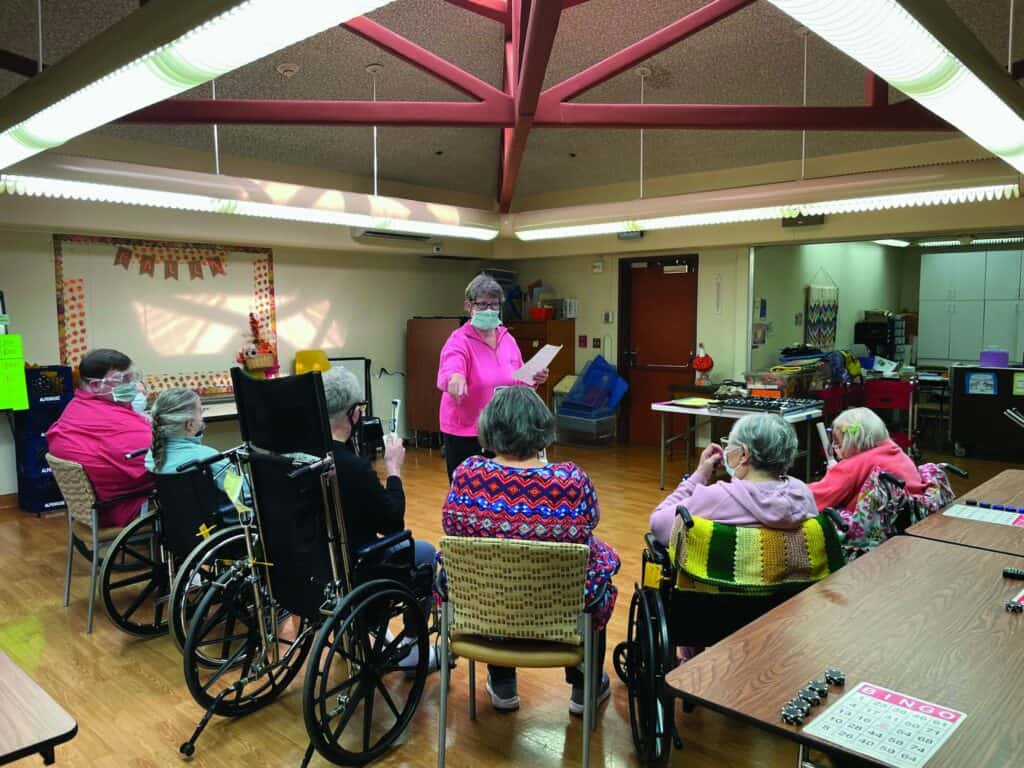
Since those valiant beginnings, the Sisters have regularly utilized Maryville to respond to important health care needs in Washington County. From expansion in administrative offices, physical therapy and Alzheimer’s care in the 1980s and ’90s to opening the memory care and short-term rehabilitative care facilities in the 2010s to caring for hundreds of people during the COVID-19 pandemic, the Sisters have valiantly pursued loving health care throughout their 137-year history.

